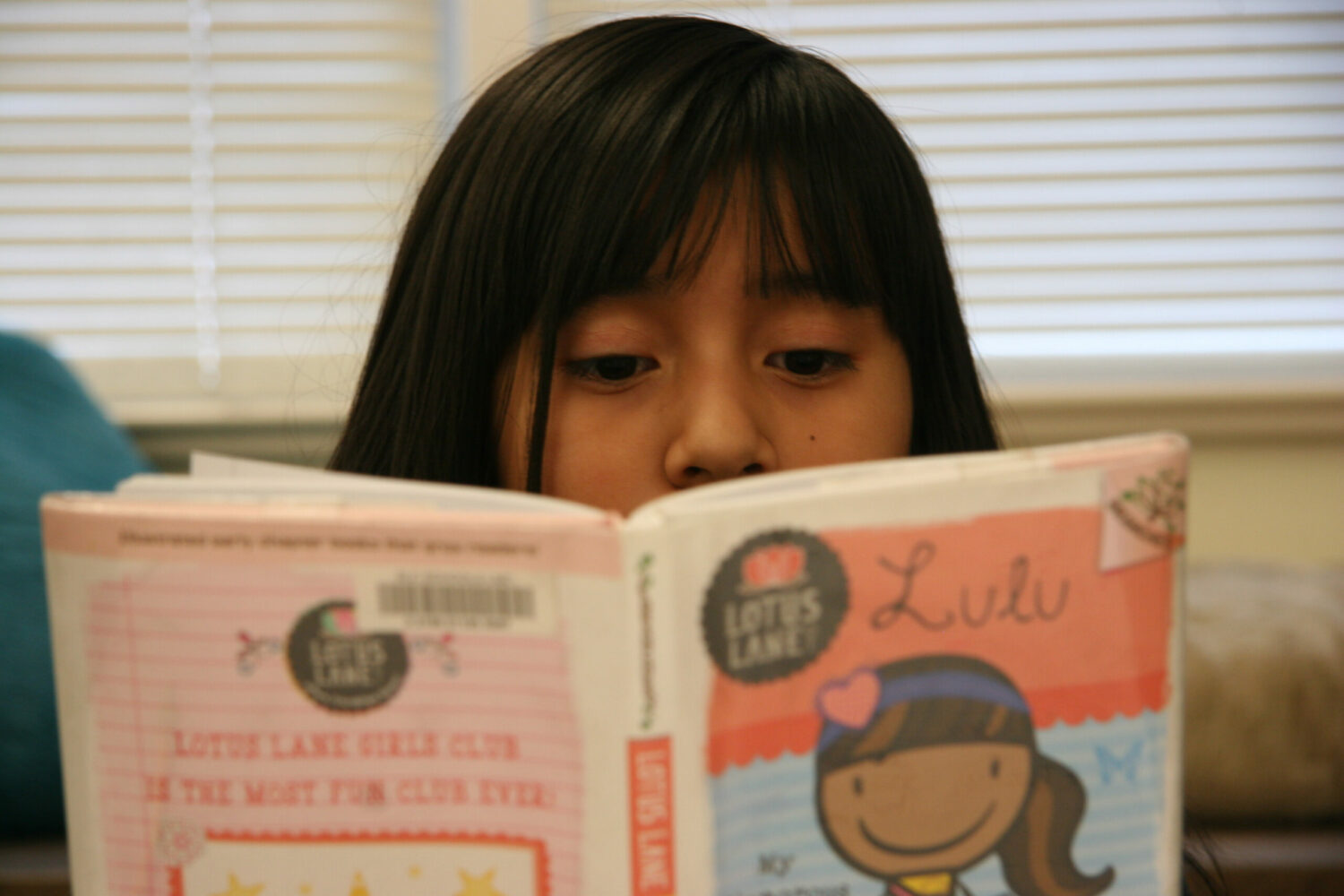
Navigating the challenges of locating quality, affordable summer child care in Utah

The school year is coming to a close. The promise of summer vacation holds freedom and fun for school-age kids but anxiety for working parents about to lose their primary form of child care. Meagan Meyer, a working mother of three living in Spanish Fork, knows the summer child care runaround all too well. She’s tried a lot of options to keep her kids safe, happy and nurtured in the summer while she and her husband work to provide for their family.
The Meyers used to take their children to an in-home child care provider, but one parent had to take a sick day every time the caregiver got sick, and that was not sustainable. The Meyers then tried a year-round preschool in Orem, which worked until the kids aged out. Finally, AMYS Martial Arts came to the Meyer kids’ school and presented its summer child care program, including field trips, all-day care schedules and even martial arts lessons. That was the perfect solution for the Meyer family, but the hunt for quality summer child care shouldn’t have to be that difficult.
Utah parents have tried all the summer child care options: summer camps, licensed family care centers, family, neighbors, nannies and caregiver websites such as Care.com. Some parents even choose to form child care co-ops for the summer months where they rotate taking time off work to watch each others’ children. However, the number of child care options doesn’t necessarily make the choice easier as parents still have to consider quality, availability and cost.
Quality above all else
The world of child care is shifting. When Shauna Kendell, the executive director of Children’s Classic Learning Centers (CCLC), started working in child care 44 years ago, “it was all about babysitting. Right now, parents should look for quality of care. Children learn so much from the ages of zero to five. It pretty much shapes them, their personalities, their behaviors,” Kendell says. A quality child care center can provide much-needed interaction, education and social learning for children in their early years.
For example, at CCLC, teachers follow the state curriculum to help the children understand themselves and their feelings. They even take the children on offsite, educational field trips two days a week. CCLC, along with many other child care centers in Utah, have to qualify yearly for the state’s quality rating, which involves rigorous requirements for parent-teacher conferences, testing, engagements and high scores from surprise observers rating interactions and language and literacy, among other things.
When looking for a quality child care center, the Utah Department of Workforce Services recommends that parents ask questions, observe the interactions between caregivers and children, learn more about the adult-to-child ratios and teacher experience, and consider the center’s type of license. Meyer found it helpful to read reviews and talk to other moms to get a complete understanding of the centers she looked at. “Go on a tour, and go with your gut,” Kendell says.
Meyer adds an interesting perspective. “Different kids’ personalities work better at different places,” she says. What may be a good fit for one child may not be a good fit for another child, so parents need to approach the child care search with a personalized view of their children’s needs.

How to find child care
So where can parents find the perfect summer child care option that provides quality care, fits the family’s budget, matches the kids’ personalities, has openings and blends with the family’s schedule? “We know that’s definitely a challenge,” says Heather Thomas, the division director of the Office of Child Care in the Utah Department of Workforce Services (DWS).
That’s why the DWS has created a database to simplify the child care search process. In the Care About Childcare database, parents can search for child care options and filter the results by location, quality rating, care type, accepted ages, schedule, cost, vacancies, language and more. The database also holds the contact information for registered child care centers so parents can reach out to the centers, ask more questions and schedule a tour.
“We’re hoping that database really becomes a tool to reduce the anxiety around that process,” says Becky Wickstrom, a public information officer for DWS.
But that database can’t answer all questions, so DWS also has six Care About Childcare agencies spread across the state that can help parents connect to caregivers. Parents can call their nearest agencies for help finding child care centers with open slots. These local agencies are designed to have a closer finger on the pulse of child care in their respective areas.
Beyond the Care About Childcare database and agencies, parents can also look to their closest universities, which often provide summer child care options. For example, Brigham Young University hosts multiple summer camps with different schedules, age limits and focuses, including dance, academics, theater, music, sports and nature.
Registration times vary per camp, but interested parents will want to act quickly as some registrations open as far as eight months in advance. The University of Utah also hosts an 11-week summer camp, Club U, with all-day options for children ages 5-14. Utah State University also hosts all-day, week-long camp sessions for kids ages 6-12 that cover every week of the summer.
Getting children to and from their care centers in the summer doesn’t always fit a parent’s work schedule. Beyond dashing in and out on their lunch breaks, parents can look on sites like HopSkipDrive, which organizes transportation for children to and from their summer child care. GoKid can even help parents organize and manage their own carpools.

Support for parents finding summer child care in Utah
While there may be a plethora of child care options, cost is a severely limiting factor for families in need of summer child care. Luckily for Utah parents, there are subsidies and financial aid available specifically for child care. The eligibility requirements are based on income and hours worked per week. The application process is online, and the applications are processed in less than 30 days. The threshold for financial assistance has recently increased, so Wickstrom encourages parents to apply for child care subsidies even if they are not sure they would qualify. “There may be some help that you’re unaware of that could help you pay for child care,” Wickstrom says.
Utah parents are not alone in their search for summer child care. Government programs, universities, databases, child care providers and more are all working to alleviate the burden on parents to take care of Utah children during the summer months. “Don’t settle. Be willing to shop around and find a fit for you and your kids,” Meyer says. After all, there are a plethora of summer child care options out there, and the state of Utah is ready to help parents find the ones that fit their needs. ![]()





